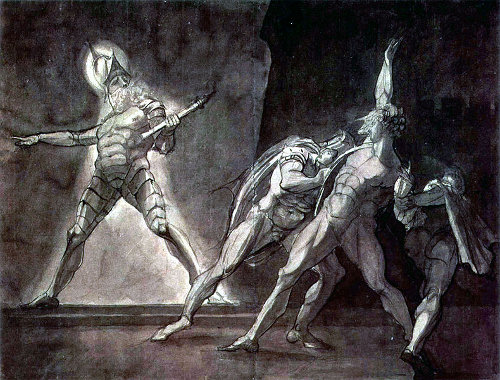There’s a girl out in Ann Arbor, Mich.,
To meet whom I never would wich.
She’d gobble ice cream
Till with colic she’d scream,
Then order another big dich.
A handsome young gent down in Fla.
Collapsed in a hospital ca.
A young nurse from Me.
Sought to banish his pe.
And shot him. Now what could be ha.?
There was a young lady from Del.
Who was most undoubtedly wel.
That to dress for a masque
Wasn’t much of a tasque,
But she cried, “What the heck will my fel.?”
There are plenty of people in Md.
Who think that their state is a fd.
It seems odd to find
That they don’t really mind
That Wis., not Md., is Dd.
See This Sceptred Isle.



